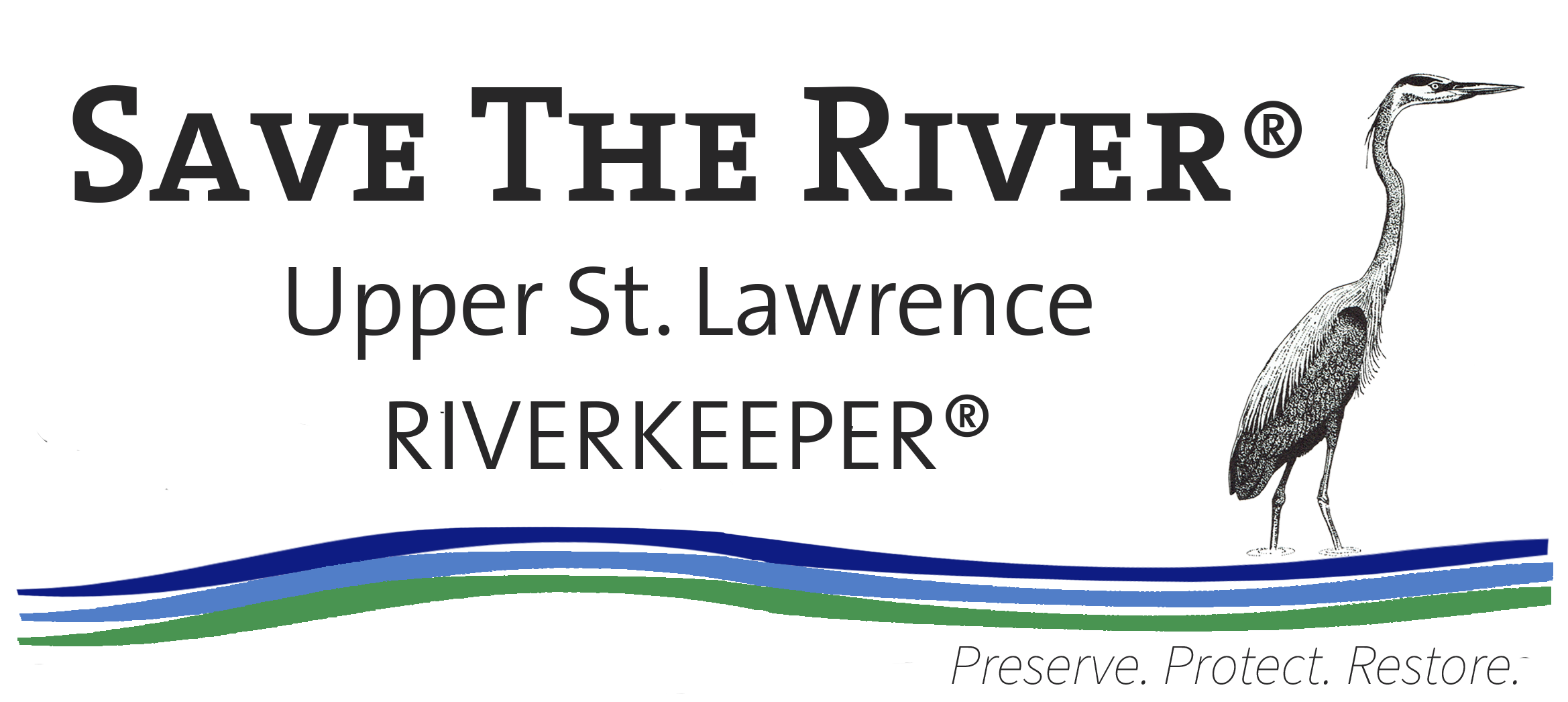The conventional septic tank/leach field system used for sewage treatment relies on primary settling, microbial digestion, and secondary treatment of effluent through a soil ‘filter.’ The following factors hinder the ability of this system to work properly, and can be common to the 1000 Islands region.
Soil Conditions
- Dense soil with clay may prevent percolation, causing the leach field to back up into the septic tank
- Excessively wet soil (seasonal flooding or high water table) may allow septic tank effluent to flow directly to river or groundwater without secondary treatment
- Sand, gravel or cobble soil may drain too fast to purify the effluent, potentially contaminating adjoining water bodies or ground- water
Geology and Geography
- Shallow bedrock will cause problems in positioning the septic tank and leach field, or may cause the effluent to pool on the surface soil, leading to potential health risks
- Steep slopes can cause the effluent to run out and over the ground surface instead of percolating into the soil
- Lots that are too small may not meet minimum setback distance requirements of the state or provincial regulatory agencies (see diagrams, next pages), or have adequate area for an acceptable leach field. Generally, a leach field should allow 60-166 feet of trench length per bedroom depending on soil conditions and use; more specific information is available in local town requirements or from the New York State Department of Health.
- Lots that do not maintain the recommended separation distance between leach field and wells or the river may be contaminating the water, rendering its use for drinking, bathing and recreation questionable.
Percolation Requirements A minimum of four feet of soil above groundwater, bedrock or other impermeable substrate is required for effluent percolation, two feet minimum from the bottom of the leach trench to bedrock, seasonally high groundwater or impermeable layer (clay). The soil percolation rate is the time in minutes needed for the soil to absorb one inch of water. The preferred “percrate” is between one and 60 minutes, but more specific information is available from the New York State Department of Health or local health or zoning officer. If these requirements are not met by the site’s natural conditions, septic tank and leach field installation may involve considerable costs.
New York State Minimum Distance Requirements
* Your sewage system must be a minimum of 100’ from any bordering neighbor’s well
In collaboration with:
Eric E. Murdock, P.E.


